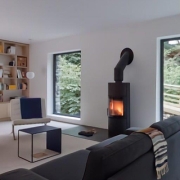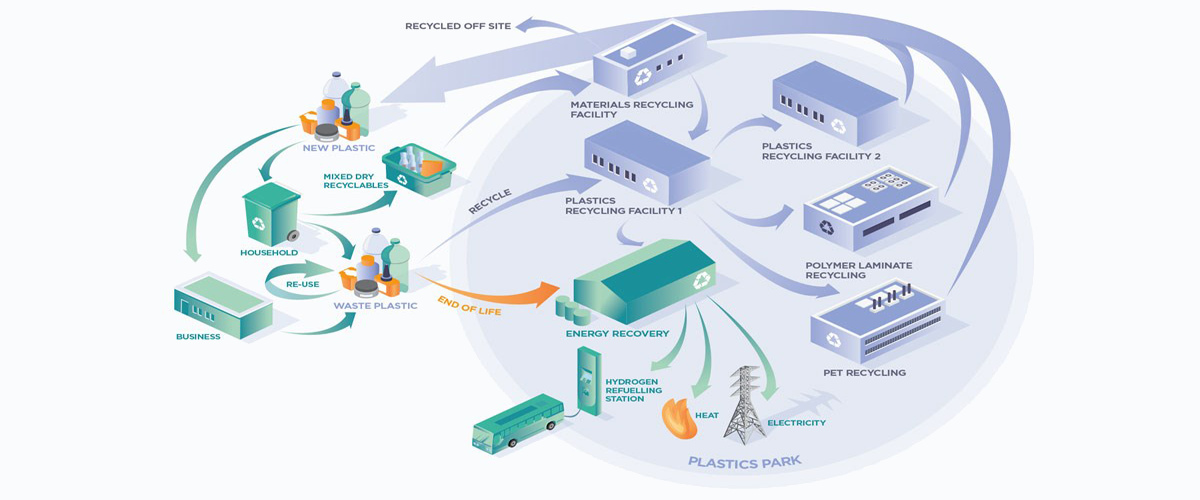Medical practices are at the heart of communities across the world. IG Masonry Support was proud to play an important part in the stunning redevelopment of the Bridges Family Practice, formerly known as Bryson Street Surgery.
The family practice has been a staple of Protestant and Catholic communities for more than a century, and its new moniker is a reflection of the bridging of these two groups. Thanks to significant funding from Landmark East, The Northern Ireland Executive’s Social Investment Fund, this vital community asset has been transformed into a state-of-the-art-facility that will continue to serve its people for years to come.
In its new glory, the practice boasts extensive amenities including interview and treatment rooms, children’s play and waiting area, facilities and access for wheelchair users and minor surgery capabilities.
The Challenge
East Belfast residents will recognise the new building has retained one feature – its unique, curved wall with a projecting soffit at its entrance. In order to maximise the visual impact of the wall, funding was secured through the Northern Ireland Executive’s Urban Villages Initiative to commission a piece of art for this iconic exterior.
IG Masonry Support, a company which continually meets customers’ high expectations in terms of quality, was tasked with crafting a bespoke Brick Slip Lintel that curved with this shape of the building’s entrance.

The Solution
IG Masonry Support’s teams utilised their skill, craft and expertise to create a Brick Slip Lintel that accentuated this architectural finish and fitted seamlessly with the constructed brickwork. IG Masonry Support also produced Brick Slip Lintels above each of the windows, which required a brick soffit.
IG Masonry Support’s Brick Slip Lintels can be used over small openings to eliminate the need for additional masonry support. Supplied in stainless steel or galvanised steel, IG Masonry Support’s Brick Slip Lintels have the same profile as a standard lintel and are delivered to site as a one-piece unit, complete with brick slips attached, eliminating the need for specialist installation onsite. These solutions are produced off-site in a factory-controlled environment which ensures that the bonding process occurs in optimum controlled conditions free from wet weather, extreme temperature variations and excessive dust.
With thousands of installations completed over the past decade, IG Masonry Support’s Brick Slip system is a proven and reliable solution which provides maximum BBA-certified adhesion of the brick slips.
The utilisation of IG Masonry Support’s Brick Slip Lintels will ensure the iconic curved wall of the Bridges Family Practice’s entrance looks good and performs well into its bright future.













